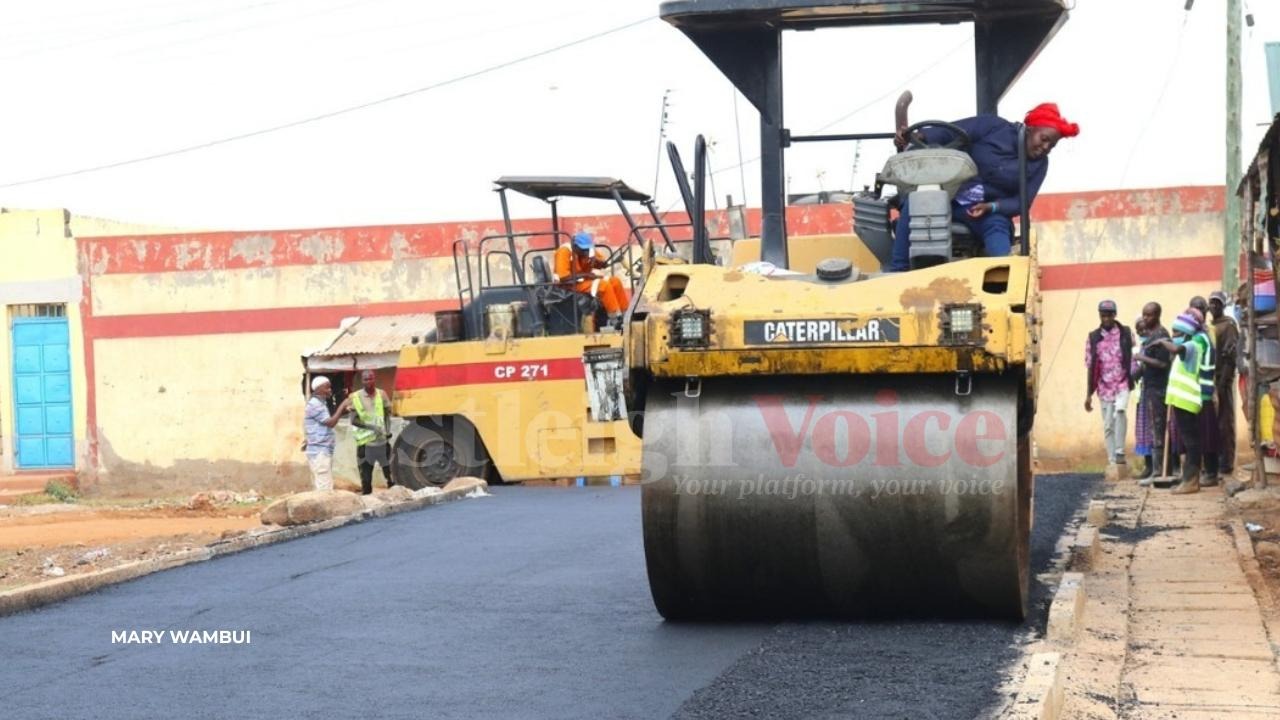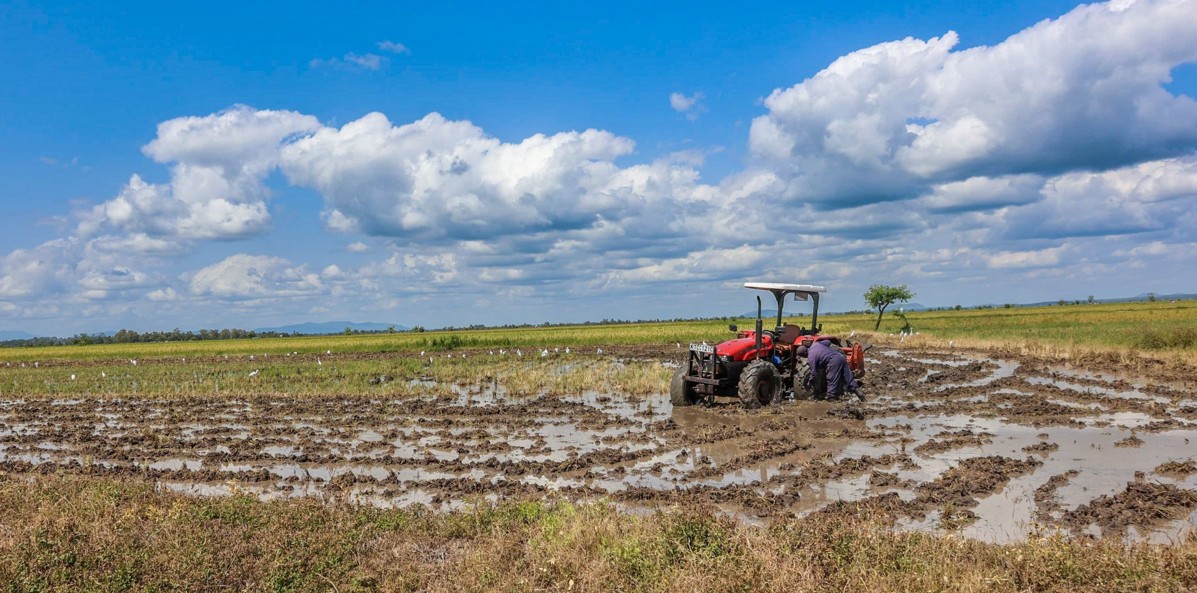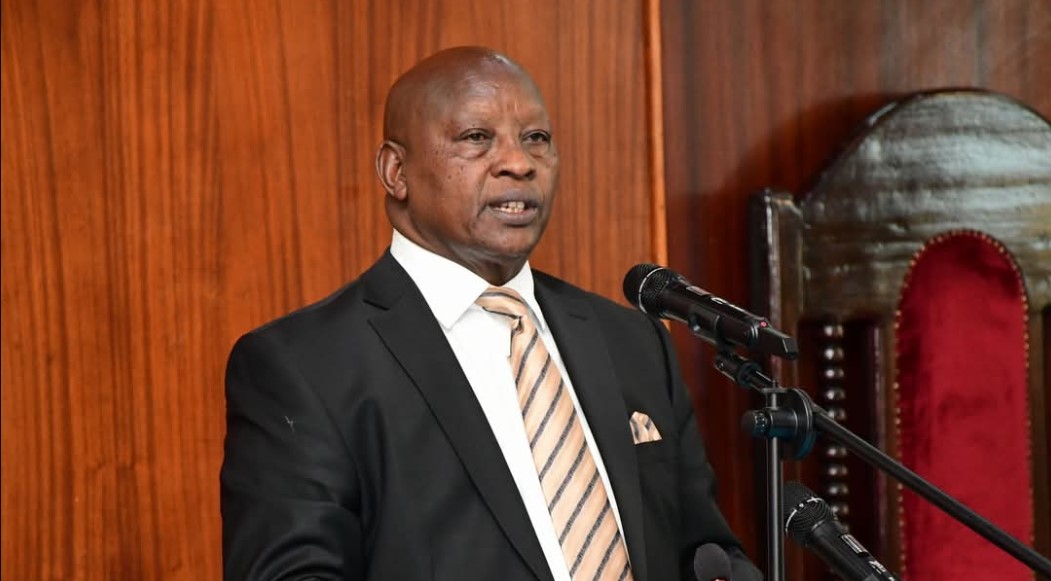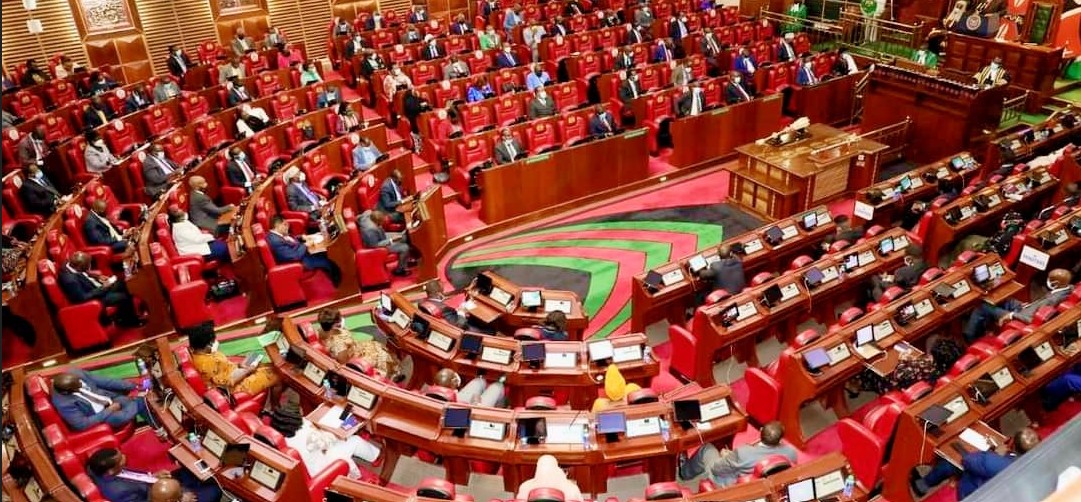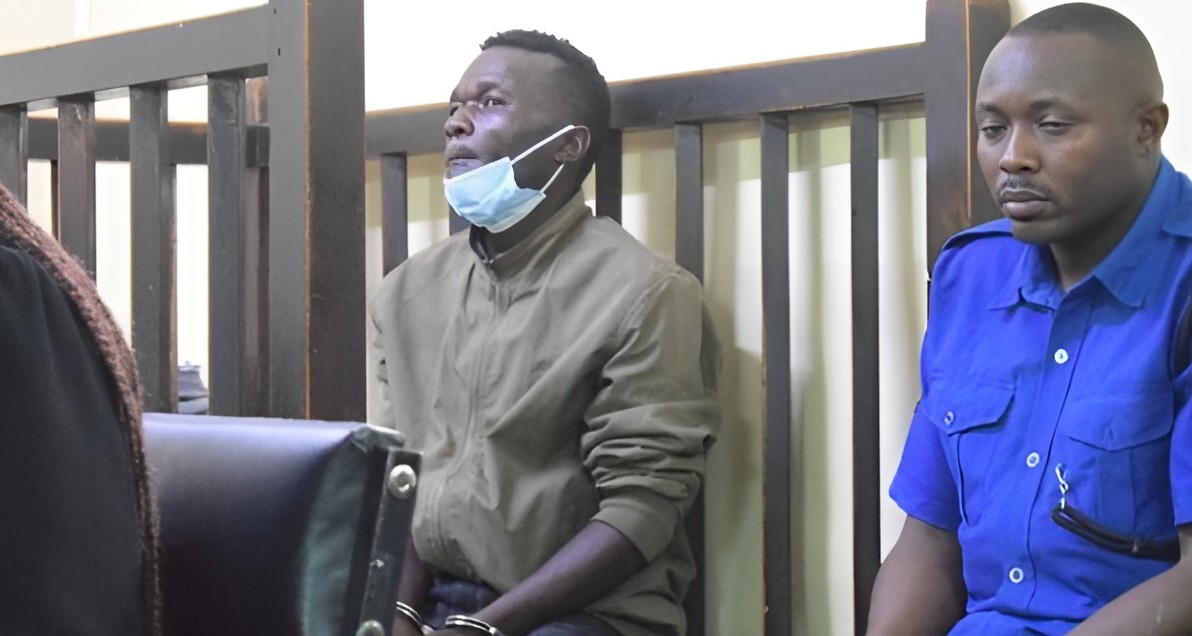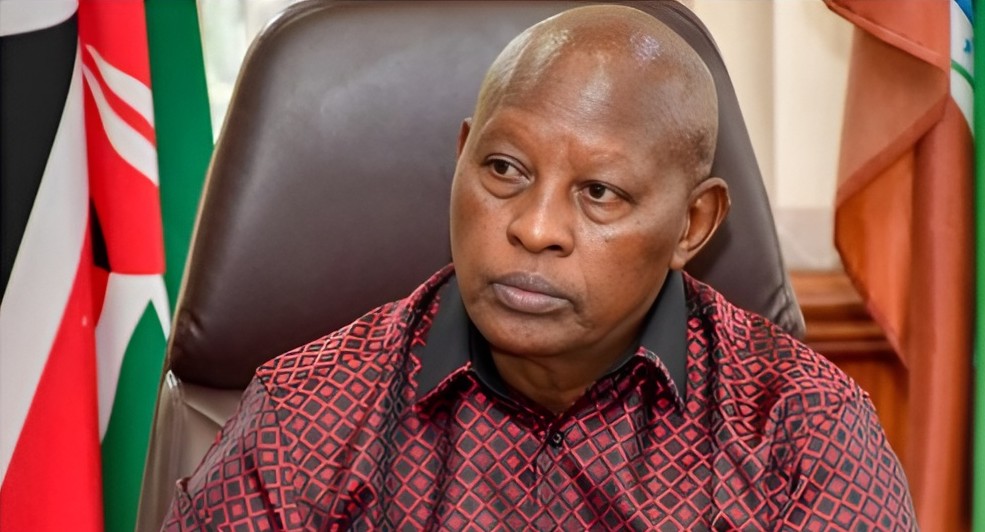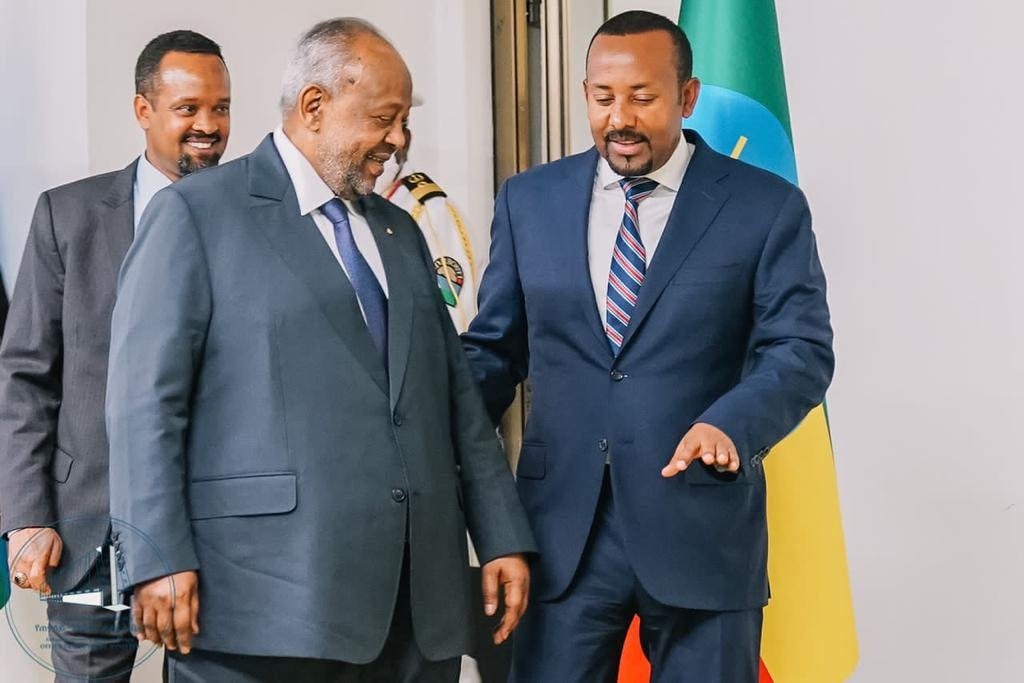Digital frontlines: How X, TikTok, citizen journalism fueled June 25 protests

Social media has become a digital megaphone, amplifying voices that may never reach a newsroom but are now shaping national and global narratives.
As thousands flooded the streets of Nairobi and other major Kenyan cities, including Nakuru and Mombasa, for the latest wave of 2025 protests, much of the movement’s momentum and real-time storytelling unfolded not just on the ground but also online.
Platforms like X, TikTok, and even Telegram have emerged as powerful tools for mobilisation, eyewitness reporting, and shaping the public narrative in ways traditional media can no longer match.
More To Read
- Meta pulls the plug on Messenger desktop Apps for Windows and macOS
- Court told President Ruto not complainant in X post case against David Mokaya
- Threads introduces group chat to boost communities for creators
- Morocco's Gen Z protests: What you need to know
- Meta to use your conversations with AI chatbot for ads beginning December 16
- Most used social media platforms worldwide in 2025
X: the nerve centre of real-time protest coordination
By 5:00 AM on June 25th, hashtags like #Maandamano254, #June25th, #SiriniNumbers and #WednesdayniWednesday were trending on X across Kenya and in parts of the diaspora.
Activists shared protest routes, legal aid hotlines, and locations to avoid due to police presence.
Prominent youth leaders, including activist Wanjira Wanjiru and lawyer Faith Adhiambo and Activist Boniface Mwangi, posted live updates and safety information, often minutes ahead of traditional news broadcasts.
Citizen accounts such as Cyprian is Nyakundi, and The Kenyan Vigilante became trusted sources for real-time footage and verified updates, often beating mainstream media to incidents like tear gas deployments or arrests.
TikTok: where protest meets performance and power
On TikTok, Maandamano took on a different tone, urgent yet visually powerful.
Protesters shared clips of chants, peaceful sit-ins, police confrontations, and creative resistance, set to audio clips ranging from Gengetone to politically charged spoken word to some chanting # RutoMustGo to # Onetam.
One viral video showed a young woman reciting the preamble of the Constitution near the Archives in CBD, her voice unwavering amid a cloud of tear gas.
Billy Omaset garnered 11.0k live views for a continuous 2 hrs. Mambo ni Live had 15.0k views and more than 2 million likes.
Hashtags like #GenZForJustice and #MaandamanoVibes, and #waantam turned TikTok into a kind of cultural diary, documenting not only the anger but also the unity, style, and symbolism of the youth-led protests.
Citizen journalism fills the trust gap
As traditional media faced accusations of underreporting, like showing peaceful protests in Mombasa and Nakuru and not in the Nairobi CBD or sanitising state narratives, many young Kenyans turned to citizen journalism.
Armed with smartphones, tripods, and VPNs, the volunteer media crew’s live-streamed protests on platforms like their TikTok, Facebook Live and YouTube.
Some even built interactive protest maps with police presence indicators, using crowd-sourced data and tools like Google MyMaps.
“What we’re seeing is a decentralised newsroom built by the people,” said Mercy Otieno, a resident of Roysambu.
“Citizen Journalism is no longer an alternative, it’s now frontline journalism. Where Kenyans see things as they are, unfiltred!”
A new era of resistance media
What is clear from June 2025’s Maandamano is that the battle for Kenya’s future is being fought not just in the streets or Parliament, but on screens, timelines, and hashtags.
Social media has become a digital megaphone, amplifying voices that may never reach a newsroom but are now shaping national and global narratives.
“We are our own media now,” said 19-year-old protester and TikTokker Amani Wambua. “And we’re not just trending, we’re changing history. We won’t sit there and just watch, we will show up in numbers and fight for our Kenya, enough is enough.”
Top Stories Today
